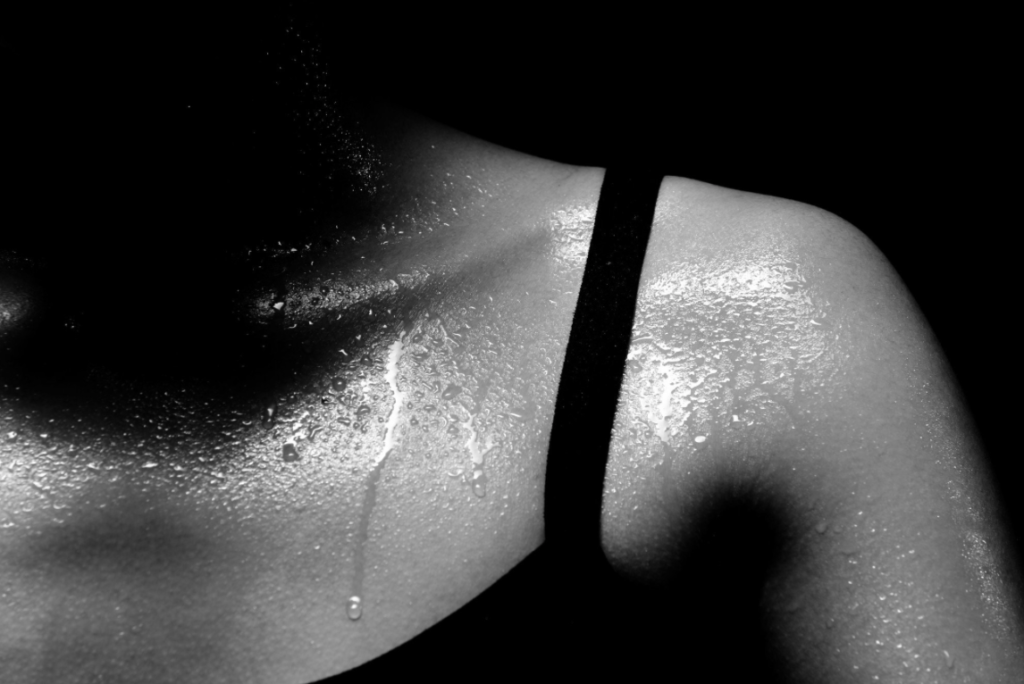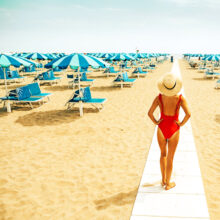Spafinder Explores the Science of Sweat
- Published: Thursday, December 14th 2017
- in Living Well

Sweating. High Intensity tactical training classes, Tabata, Crossfit, Hot Yoga – all these fitness classes and more tout the benefits of this ancient tradition. Everyone’s rushing to sweat away stress, lose weight and sometimes just because. So, why is it so good for you and why has this ritual been around for so long?
Some state it releases toxins, allows for spiritual healing to potentially provide antibacterial and wound healing benefits too.
So what is sweat?
When your body starts to heat up, your brain reacts by releasing sweat from the more than 2.5 million eccrine glands to lower your body temperature.
“To reap the cooling effect, though, that salty liquid must evaporate off the skin and turn into a gas,” says William Byrnes, a sweat expert at the University of Colorado.
While many of us try to stay sweat free because we’re afraid of malodor or even just because of sheer presentation, others embrace the ‘sweaty look’ and try for more.
Recently, in several parts of the world, Sweat Lodges, have been on the uptick. Several new practitioners are spreading the word about its many benefits.
So, what is a sweat lodge?
Typically, it’s a hut where individuals enter a dome-shaped dwelling to experience a sauna-like environment. Hot rocks are placed inside a pit located in the center. Water is poured over the heated rocks to create a hot and steamy room. In some cases, participants use an ancient brew native to entice the inner spirit. Many leave as if they’d experienced a spiritual re-awakening.
In Scandinavia, the Americas, Russia and several parts of the world, ceremonies are held. People congregate in huts, form circles so everyone is equal and participate in cleansing rituals. The lodge is similar to a womb and upon exit, there is a rebirth of some kind. The time within the lodge varies as does the ritual. Depending on the culture, it is good to ask prior to arrival who will lead the ceremony.
So, what are some other ways to sweat that don’t require traveling to huts in the rural areas?
Russian or Turkish baths have often celebrated excessive perspiration. After patrons visit hot sauna like rooms to air out toxins, they plunge into baths to cool off. The water normally flows from springs and is typically cold. In addition, some rituals focus on the air in the Hamman versus the water to encourage perspiration.
So, what is the takeaway? Sweat well and often this 2018 to stay clear of toxins and maybe even to free your mind.



